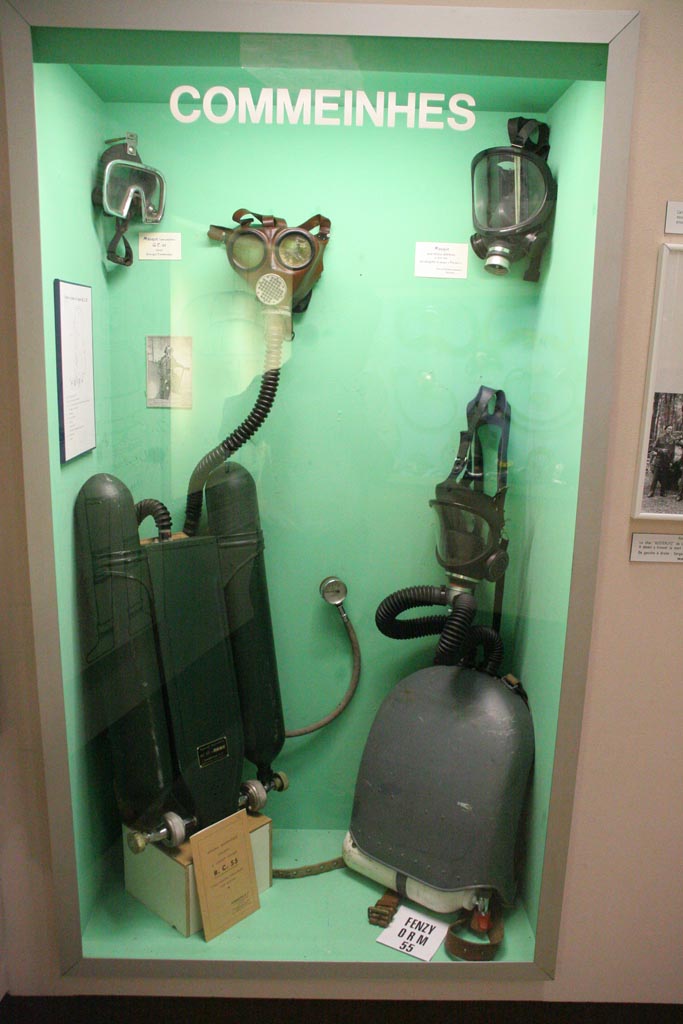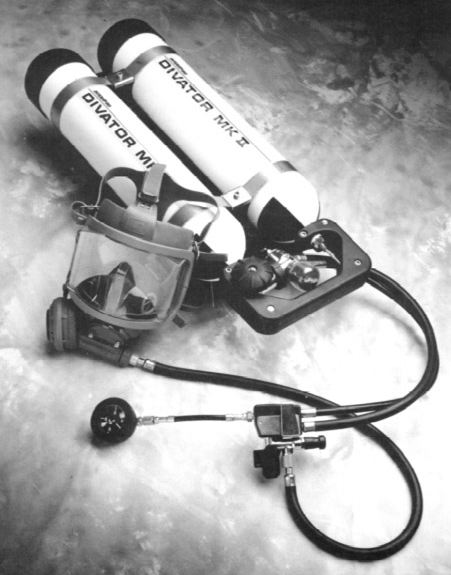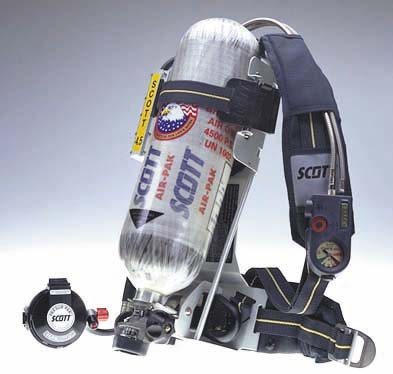DC53
Guest
Ok, so I am a fairly inexperienced diver with only about 130 dives (although most have been in cold water and poor visibility or in relatively rough open ocean conditions.) I am experimenting with doubles (about a dozen dives so far) because I want to be able to do longer and or deeper dives that will require some decompression, and think that I should have proper instruction for such activities. I have signed up for some IANTD instruction which should occur in the near future.
However, I although I am trim, athletic, and have a low BMI, (and a low SAC rate) and have been a competitive athelete for most of my life I reach the point now in the year 2010 where I am 57 years old, have had rotator cuff surgery on my left shoulder, and simply no longer have the physical strength and flexibility that I once had. The net result is that I can sometimes reach the valves on my new doubles set, and sometimes not. I've read everything there is, including TS&M's reference to a complete instruction posting on reaching doubles.
I stretch my shoulders with weights while lying on the couch (to the hysteria of others in the vicinity). Nevertheless, it takes me an eternity to shut down a valve - if I can - (although interestingly the isolator is easier than the tank valves.) Common sense and a mechanical engineering background says to me that a set of valve shut downs that rest on my shoulder straps seems to be the Only Common Sense response. I am experienced in epoxy / carbon fibre / composite construction and can manufacture (or can buy if I know where-money, no object) some valve extenders that are extremely unlikely to fail. (Yes, at this point, I would rather stake my life on an extra layer of technology rather than the more uncertain and slower possibility of reaching the valves in a situation of regulator failure.)
However, before I move in that direction I have decided to seek out the feedback that ScubaBoard can offer, as I have found your input to be invaluable in the past. I am reluctant to rely too heavily on the redundancy of doubles until I solve this problem.
Thank you in advance for any input you might offer in regards to this issue.
However, I although I am trim, athletic, and have a low BMI, (and a low SAC rate) and have been a competitive athelete for most of my life I reach the point now in the year 2010 where I am 57 years old, have had rotator cuff surgery on my left shoulder, and simply no longer have the physical strength and flexibility that I once had. The net result is that I can sometimes reach the valves on my new doubles set, and sometimes not. I've read everything there is, including TS&M's reference to a complete instruction posting on reaching doubles.
I stretch my shoulders with weights while lying on the couch (to the hysteria of others in the vicinity). Nevertheless, it takes me an eternity to shut down a valve - if I can - (although interestingly the isolator is easier than the tank valves.) Common sense and a mechanical engineering background says to me that a set of valve shut downs that rest on my shoulder straps seems to be the Only Common Sense response. I am experienced in epoxy / carbon fibre / composite construction and can manufacture (or can buy if I know where-money, no object) some valve extenders that are extremely unlikely to fail. (Yes, at this point, I would rather stake my life on an extra layer of technology rather than the more uncertain and slower possibility of reaching the valves in a situation of regulator failure.)
However, before I move in that direction I have decided to seek out the feedback that ScubaBoard can offer, as I have found your input to be invaluable in the past. I am reluctant to rely too heavily on the redundancy of doubles until I solve this problem.
Thank you in advance for any input you might offer in regards to this issue.







